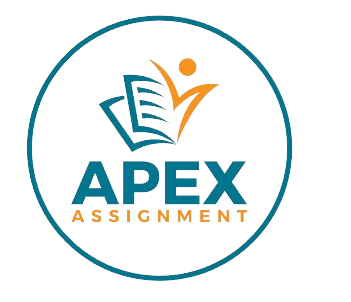
Things you should know while doing assignment editing:
*While doing assignment editing, it’s important to consider several key aspects:
1.Accuracy: Verify the accuracy of technical information, data, calculations, code snippets, and terminology used in the assignment. Ensure that all information presented is factually correct and aligned with the assignment requirements.
2.Clarity and Coherence: Improve the clarity and coherence of the assignment’s narrative. Ensure that ideas are presented logically, transitions between sections are smooth, and complex technical concepts are explained clearly and understandably.
3.Grammar and Style: Correct grammatical errors, punctuation mistakes, spelling errors, and improve sentence structure and writing style. Ensure consistency in language usage and adhere to the specified writing conventions and standards.
4.Consistency: Maintain consistency in terminology, formatting, font styles, headings, subheadings, numbering, and citation styles throughout the assignment. Ensure that language and formatting are uniform across the document.
5.References and Citations: Verify the accuracy and completeness of references, citations, and bibliography entries. Ensure that all sources are properly cited according to the specified citation style (e.g., APA, MLA, IEEE) and that all borrowed ideas or quotations are appropriately attributed.
6.Content Relevance: Evaluate the relevance and appropriateness of content, examples, illustrations, and data used in the assignment. Ensure that all content supports the objectives and requirements of the assignment.
7.Structure and Organization: Review the overall structure and organization of the assignment, including introduction, main body, conclusion, headings, subheadings, and transitions between sections. Ensure a clear and logical flow of ideas and information.
8.Audience Understanding: Tailor the language, explanations, and examples in the assignment to suit the understanding level and background knowledge of the intended audience. Use language and explanations that are accessible and comprehensible to the target readers.
9.Visual Aids: Evaluate the effectiveness of visual aids such as graphs, charts, tables, diagrams, and illustrations in enhancing the presentation and comprehension of technical information. Ensure that visual aids are relevant, properly labeled, and referenced in the assignment.
10.Feedback and Suggestions: Provide constructive feedback, suggestions for improvement, and recommendations to enhance the overall quality, clarity, and impact of the assignment’s content. Collaborate with authors or contributors to address feedback and implement revisions effectively.
Difference between Assignment writing and Assignment editing:
*These two topics are very similiar and for you not to get confused we are here to help you*
>Assignment Writing: *Role: Assignment writing involves creating original content from scratch based on the given topic, instructions, and objectives.
>Activities:
1.Understanding the assignment prompt and requirements.
2.Conducting research to gather relevant information and data.
3.Planning and organizing ideas, arguments, and content.
4.Drafting the assignment, including introduction, main body, and conclusion.
5.Incorporating evidence, examples, and references to support arguments.
6.Ensuring clarity, coherence, accuracy, and proper formatting.
7.Proofreading and revising the draft to improve quality and effectiveness.
8.Finalizing the assignment for submission.
Assignment Editing:
*Role: Assignment editing involves reviewing, refining, and improving the content of an already written assignment to enhance its quality, clarity, accuracy, and effectiveness.
>Activities:
1.Reviewing the assignment for grammatical errors, punctuation mistakes, and spelling errors.
2.Improving sentence structure, writing style, and language clarity.
3.Ensuring consistency in terminology, formatting, font styles, and citation styles.
4.Verifying the accuracy and completeness of references, citations, and bibliography entries.
5.Evaluating the relevance and appropriateness of content, examples, and data used in the assignment.
6.Enhancing the overall structure, organization, and logical flow of ideas and information.
7.Providing feedback, suggestions for improvement, and recommendations to enhance the assignment’s quality and impact.
8.Collaborating with authors or contributors to implement revisions and finalize the edited assignment.
**In short** In summary, assignment writing involves creating original content, while assignment editing focuses on refining and improving existing content to meet quality standards and objectives. Both roles are essential in the assignment process, with assignment writing being the initial creation phase and assignment editing being the refinement and enhancement phase.







